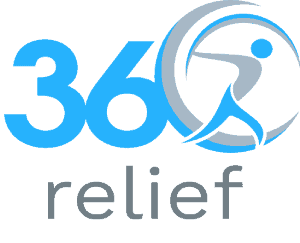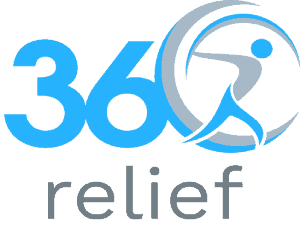Calf Injury Running Supports
Calf muscle strain is a common injury in runners, making running difficult to near impossible, and even walking can be an issue. The calf muscles generate more than 50% of running power, so, understandably, the calf may be a potential site for developing injuries in runners. A calf consists of two major muscles, the soleus and gastrocnemius. Before designing a rehab plan and preventing recurring, you must diagnose which muscle is injured. Soleus strains may develop due to fatigue, change in the running surfaces, or overtraining.
However, your age, previous injuries, increased body mass, training errors, and environmental conditions are the major factors contributing to the calf injuries during a run. Your GP or physiotherapist can assess the severity of the injury, helping with the rehabilitation plan. Grade I and II level strains may take up to 2 weeks to return to some running; however, Grade III to IV level strains may take up to 3 months to return to some running.
Your GP will suggest some home remedies to treat the mild symptoms of common running injuries. Rest your calf as much as possible to prevent further injuries. Ice therapy help reduce swelling, pain, and inflammation. Compression helps control the swelling and stabilize the affected areas.
Stretching and elevating exercises help reduce pain and tension in the affected areas. Ensure that you are following all the remedies under the prescribed instructions of your GP to get the maximum results.
Calf supports help runners to support and protect their calf muscles during running. They also help treat the mild symptoms of strains or pulled calf muscles if used correctly. 360 relief provides you with the best calf supports to help with common running calf injuries.
You might not be able to run because of pain and discomfort. If you have calf strain or sprain, you should rest. You should allow your calf muscles to heal first. Then you can go back to your activities and start running again.
If you have a mild calf injury, it will take roughly four weeks to heal. Severe calf injuries take up to twelve weeks to recover before you can resume your normal activities. You can wear calf sleeves to reduce the healing time and give extra strength to stabilize your calf.
You will feel
- Difficulty in walking and running
- Chronic pain after continuous standing
- Snapping or popping sensation
- Sudden pain in the calves
It is good to see a doctor as a precaution. But most people take basic home precautions to treat calf injury and pain. You can rest your legs, apply ice and heat pads to reduce pain and swelling. Wearing a calf brace is also great to support the injured calf.
Compression calf support helps to stabilize the pain in the calf and helps prevent further injuries. It also helps with blood circulation and speeds up the recovery process. Moreover, it helps to protect your calf in playing and reduce the risk of injury.

